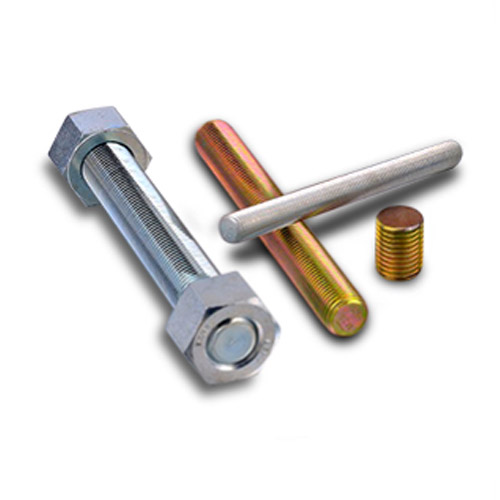Nov . 10, 2024 19:49 Back to list
Innovative Chemical Anchor Solutions for Enhanced Threaded Rod Performance and Stability
Chemical Anchor Threaded Rod A Comprehensive Guide
When it comes to securing structures, machinery, or any heavy installation, using the right fastening solutions is crucial. One such solution that has gained popularity in construction and engineering is the chemical anchor threaded rod. This innovative fastener combines the strength of traditional threaded rods with the reliability of chemical adhesive systems, offering a variety of advantages in both performance and application.
What is a Chemical Anchor Threaded Rod?
A chemical anchor threaded rod is essentially a steel rod with external threading that is designed to be embedded into concrete or masonry with the use of a chemical adhesive. This rod serves as a solid anchor point for attaching various structures, devices, or components. The chemical anchoring system consists of a resin-based adhesive that is injected into a drilled hole before the threaded rod is inserted, allowing it to bond with the substrate material. This method not only enhances the bond but also allows for the effective distribution of loads.
Key Advantages
1. High Load Capacity One of the primary benefits of using chemical anchor threaded rods is their ability to support heavy loads. The chemical adhesive creates a robust bond that can resist tension forces and shear loads, making it suitable for high-stress applications.
2. Versatility These anchors can be used in a wide range of environments, including cracked and uncracked concrete, alongside various construction materials like masonry and even wood. This versatility makes them ideal for both indoor and outdoor applications.
3. Adjustable Setup Unlike mechanical anchors, where the anchor point is fixed immediately, chemical anchors allow for adjustments after installation. The chemical bond takes time to cure, providing a window for aligning components before the full strength is achieved.
4. Resistance to Environmental Factors Chemical anchors are often resistant to moisture, heat, and chemical exposure, depending on the type of adhesive used. This makes them suitable for industrial settings, outdoor applications, and environments where exposure to corrosive substances is a concern.
Proper Installation Techniques
chemical anchor threaded rod

For optimal performance, proper installation of chemical anchor threaded rods is critical. Here are the steps involved
1. Drilling the Hole Use the appropriate drill bit to create a clean hole in the concrete or masonry, making sure the depth and diameter match the specifications of the anchor and adhesive.
2. Cleaning the Hole After drilling, it’s essential to clean the hole thoroughly to remove any dust, debris, or moisture. This step is crucial for ensuring a strong bond.
3. Injecting the Adhesive Using a caulking gun or similar device, inject the chemical adhesive into the hole. It’s important to fill the hole adequately to ensure that the threaded rod is fully surrounded by the adhesive.
4. Inserting the Threaded Rod While the adhesive is still wet, insert the threaded rod into the hole, ensuring it is properly aligned. Rotate it slightly to help distribute the adhesive evenly around the rod.
5. Curing Time Allow the adhesive to cure according to the manufacturer’s instructions, which can vary based on the type of adhesive used and environmental conditions.
Applications
Chemical anchor threaded rods find applications in various fields. They are commonly used in construction for securing steel beams, railings, and formwork. In the manufacturing industry, they serve to anchor machinery and equipment. Their versatility also makes them suitable for mounting signs, light fixtures, and even solar panels.
Conclusion
In summary, chemical anchor threaded rods offer a combination of high performance and adaptability for numerous fastening applications. Their ability to bear heavy loads while providing resistance to environmental factors makes them an excellent choice for professionals in construction and engineering. Proper installation techniques are key to reaping the full benefits of these fasteners, ensuring that they provide the structural integrity required for various projects. As technology continues to evolve, the use of chemical anchor threaded rods is likely to expand, providing further innovations in safe and efficient construction practices.


